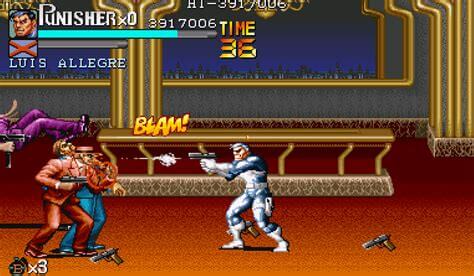“Fighting” videogames became a cult in the eSports world
Based on the one-on-one fight, these electronic games have won over millions of users over the years, renewing and opening the doors of fighting between multiple characters, even of a fantasy appearance
Fighting games or, in the case of many enemies together, beat ’em up – from the verb beat, beat, are videogames where the main purpose is to face the enemies in fight meetings of various kinds, both with bare hands and through the use of melee weapons.
There are different types of categories that differ in the type of graphics used (2D or 3D), for the forms of combat used (martial arts, boxing, jeet kune do, muay thai, wrestling, taekwondo) and for the type of development of action (sliding brawler or meetings).
In scrolling bouts (in English side-scrolling beat ’em up) you control a character (chosen from a limited number of protagonists) with a generally limited number of moves; we usually always move to the right, “scrolling” the levels (even if sometimes the direction can change), without being able to go back. In certain games the character can only move back and forth or jump, but in many cases it is also possible to move in depth. In the player’s help there is usually food hidden inside boxes and you have a special move or a spell that hits multiple opponents at the same time. Usually these games (which were very common in “coin-op” arcade cabinets) involve the cooperation of two players. You have to face a large number of enemies of little relevance if taken singly, but lethal in a group, and every now and then you meet tremendous bosses, very powerful opponents and difficult to beat. The typical plot of these games is represented by having to rescue a girl kidnapped by a gang of thugs, by the elimination of criminal organizations or by having to face armies of monsters to free a medieval kingdom from a usurper. Many of these games have 2D and lateral or isometric visuals, such as Double Dragon, Altered Beast, Final Fight, Golden Ax, The King of Dragons and Streets of Rage. A smaller number, however, was created later with 3D graphics (usually with a visual behind, with the sliding of the levels forward), such as Fighting Force. Tekken, famous series of fighting games in 3D meetings, in some games has inserted as additional game modes (sub-games) scrolling flicker with lateral view (Tekken Force mode in Tekken 3), with a view behind (Tekken Devil Within inside Tekken 5) or hybrid (Tekken Force in Tekken 4). Often the term “brawler” refers to this type of games. The general cliche envisages the selection of a character among a large group of protagonists and the succession of a series of one-on-one martial arts meetings. Generally to win a match you need to defeat your opponent in 2 rounds on 3. The last fight is usually against a particularly strong boss. Each character has its characteristics of strength and agility, and above all a long series of different moves that allow numerous variants of attack. The “combos” are quick series of concatenated shots: if performed well, once scored the first shot is difficult for the opponent to succeed the next ones. In some games the protagonists are also equipped with special techniques, made with weapons or magic arts, which allow shots at a distance (such as the Street Fighter Hadoken) or “Super attacks” that can be performed when a dedicated energy bar is filled. The camera is generally placed sideways, although in 3D titles it can move, for example during projection or knockdown shots. Much used is the ability to play in two, one against the other.
The gameplay can also have additional modes such as:
Survival mode: the other characters are confronted in random order with their own energy that regenerates when defeated by defeating an opponent. The mode continues until the player loses a match;
Time attack mode: the goal is to defeat the opponents in the shortest time possible;
Tag team: the characters form two teams, composed of at least 2 elements each (each team fights one wrestler at a time, but can “exchange” with the partner);
Team battle: the two players choose more characters, who face each other in a series of 1-on-1 challenges that then see the winner as remaining with at least one character. More than two players in the arena at the same time. For example, the Mugen system allows 2-on-2 meetings.
Other recurring features of fighting games are the most varied arenas (dojos, gyms, rings, forests, mountains, beaches, glaciers or on the street) and unlockable elements: progressing in the game you get points with which you can unlock new characters, arenas, costumes , skills or game modes.
.Copyright © 2019 eSports Activity

